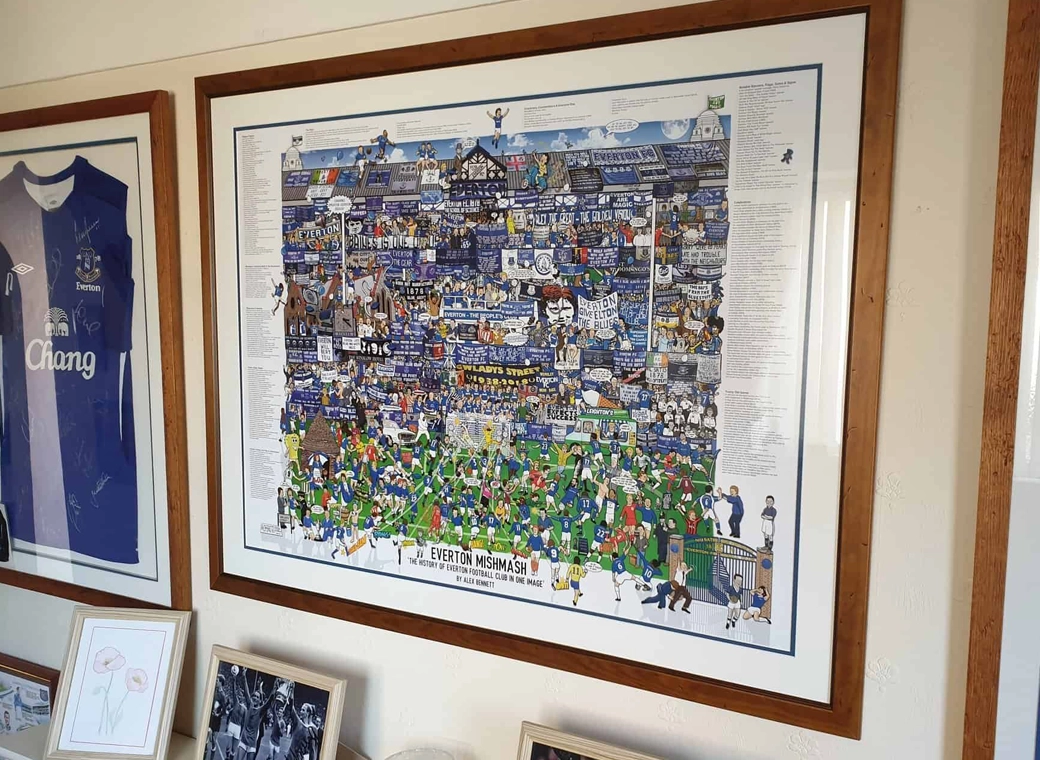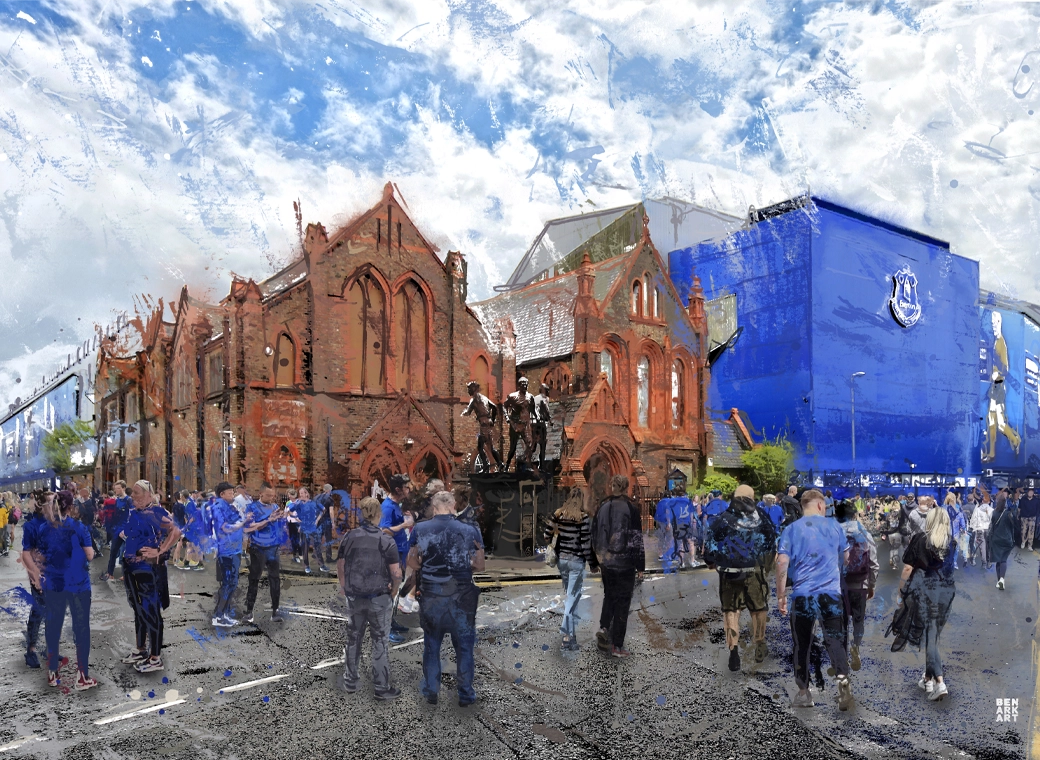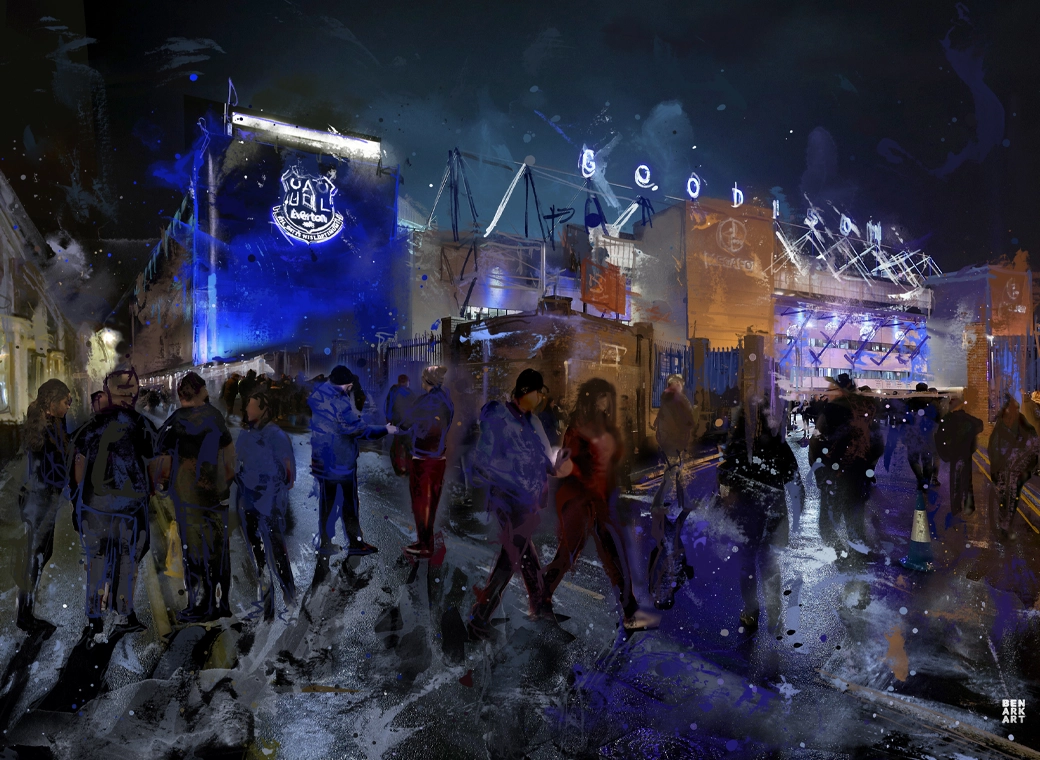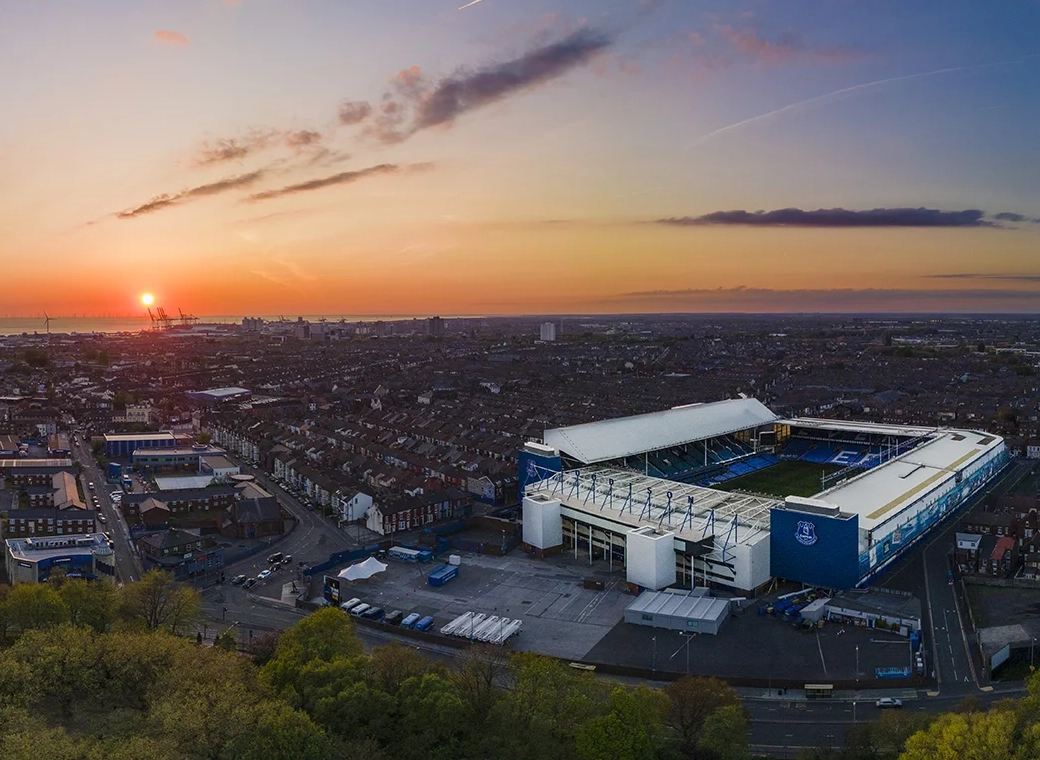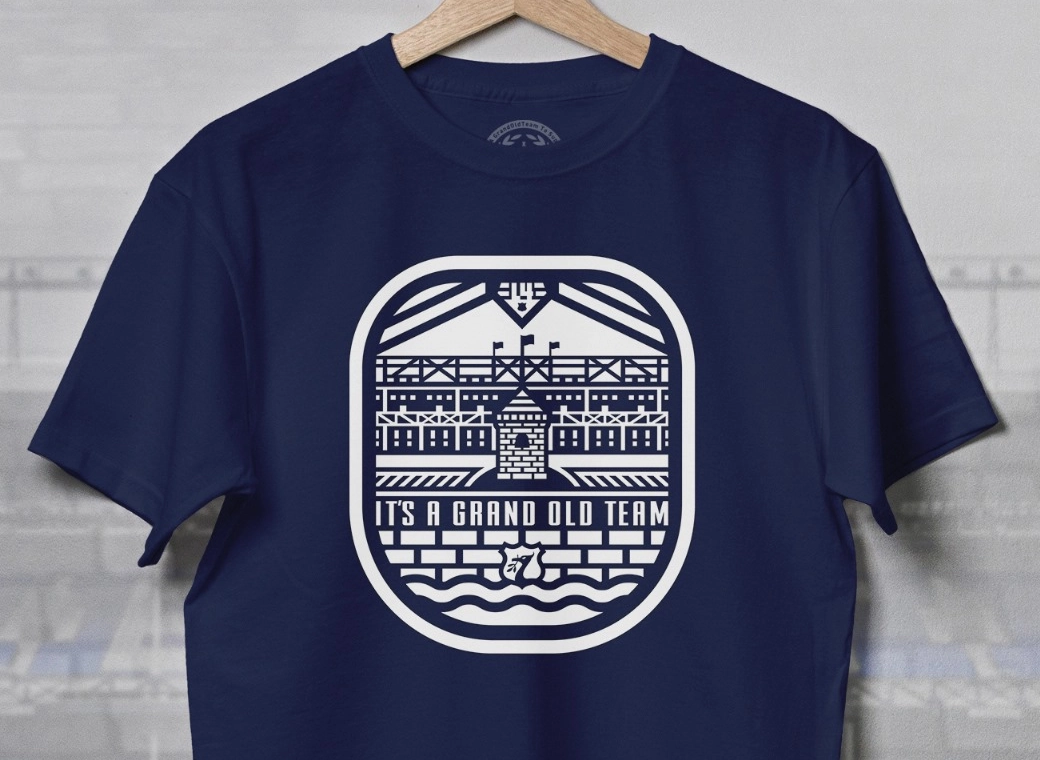You are using an out of date browser. It may not display this or other websites correctly.
You should upgrade or use an alternative browser.
You should upgrade or use an alternative browser.
Boss photos you've taken
- Thread starter chicoazul
- Start date
It's a good walk round, they have put in decking paths for parts which really help rather than old paths, and 3 of the hides give great views.
Nice and peaceful and plenty to see.
Nice and peaceful and plenty to see.
The Binman
Player Valuation: £15m
Where is that?
Where is that?
Polzeath, N.Cornwall.
Haha nice, was wondering if it was Cornwall, reminds me of the view walking towards Kynance Cove!Polzeath, N.Cornwall.
Our Lady & All Saints RC Church, Parbold
The Church was built by Edmund Kirby between May 1878 and May 1884 at a cost of £12,000. It is constructed of Sandstone rubble with slate roofs. It comprises a western Tower, 165 feet high, with Spire, Nave with Clerestory, north and south Aisles, south main Porch and minor Porch, lowered Chancel, north Chapel, south Chapel and south Vestry.
The Tower has angle buttresses and corner pinnacles, a bell stage with trefoiled lancet openings and a 4-light west window with traceried head. The stone Spire has lucarnes.
The Nave is of five bays. The Clerestory windows are triple stepped lancets, The Aisles are lit by trefoiled lancets, mostly paired, separated by buttresses. The main Porch has a moulded pointed outer doorway. At the east end of the Chancel is a Rose Window.
Until the opening of Our Lady and All Saints in 1884, the Catholics of Parbold and Dalton, who numbered about a hundred, belonged to the Wrightington mission. The services there were few, and in a report to the Bishop in 1855, the priest who served there from 1850 to 1891 wrote “Not registered for marriages, is a private chapel. No Via Crucis, no processions, no organ or music of any description”.
Music: VOCES8 - Pie Jesu from 'Requiem Novum' by Mårten Jansson.
Paul.
The Windmills (Of Your Mind)...
No sails nowadays sadly, but an interest history...
Parbold Windmill was built in 1794 as a replacement for the nearby water mill that stood beside the River Douglas. The windmill was constructed next to the Leeds & Liverpool Canal, just 20 years after it opened. This waterway would prove a real boon to the business of milling flour.
It is built from local sandstone, stands five storeys tall and, unusually, has an embattled parapet on top. It now houses the Mill House Gallery.
In July 1817, the windmill was put up for auction. It was to be sold complete with a warehouse, a plot of land and all of its machinery. This included two pairs of French stones (from the Marne valley in North France, used for finer grinding), two pairs of grey stones (from the Derbyshire Peak District) and three sets of beams and weights.
The buyer was Richard Ainscough, who had moved to the village just three years before and had set up as a grocer. When he retired, he passed the windmill on to his son, Richard junior. Richard’s older brother Hugh later joined the business.
Their milling business was the real powerhouse of the partnership though. They were able to import grain from America, which was brought from Liverpool up the canal to Parbold. Their windmill could not possibly meet the demand so they built two steam powered corn milling factories. One stood on the opposite side of the canal to the windmill and the other one was in the nearby town of Burscough. With the building of these Victorian factories, the windmill became redundant and stopped being used for milling in the 1850s.
Despite suffering a fire in 1951, the Parbold factory lasted until 1985 producing cattle food in its later days.
Paul.
Someone try to get in ?
Someone try to get in ?
Surprisgly, no...
There is a company that cuts the grass etc around here called Community Gateway, and one of their ground maintanace lads had just started his strimmer running, went to the grass verge nearby and and WHOOSH! went a stone out of the grass straight through the effing glass!









